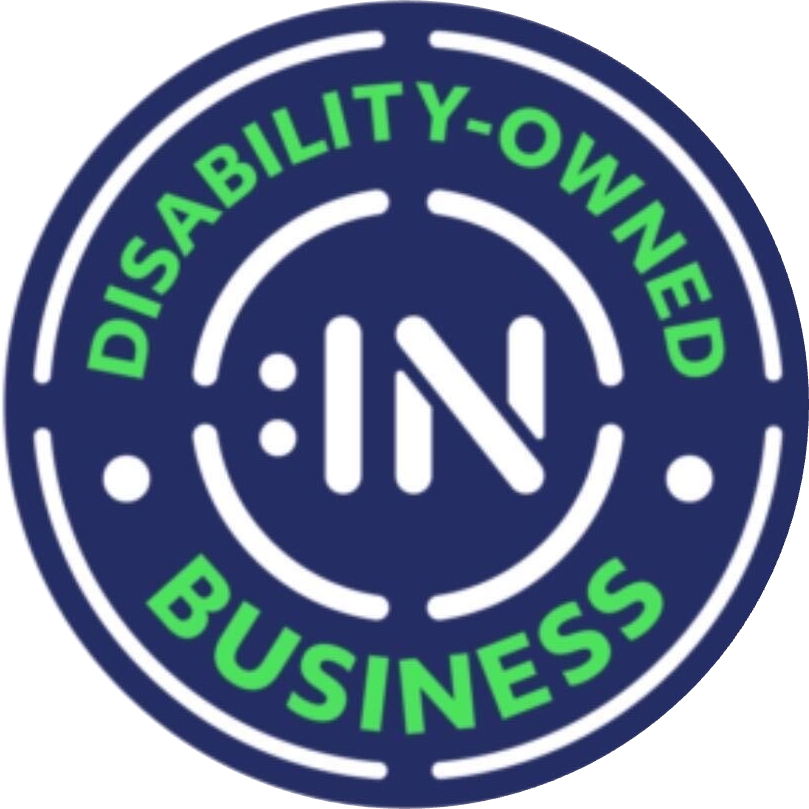In order to pursue a Personal Injury Protection (PIP) claim on behalf of a medical provider, several documents are critical. There are also several documents that are important but not necessarily essential. Discussed in detail below are both the documents that are critical to pursuing a PIP claim successfully and those helpful but not necessarily indispensable.
First and foremost among the documents critical to a PIP file is the Assignment of Benefits, or AOB. Prior to execution of an AOB by the patient, there is no relationship between the PIP carrier and the medical provider when it comes to that patient’s medical treatment. The relationship exists between the carrier and the patient through the auto insurance policy, not between the medical provider and the carrier. Through the AOB, the patient transfers to the medical provider his or her right to be reimbursed by the carrier for the medical treatment. Without the AOB, the claim cannot be arbitrated.
Also critical for a PIP claim is the Explanation of Benefits (EOB), which serves as the evidence of what the carrier paid and its justifications for paying or not paying in the manner it did. Without the EOB, it is impossible to challenge the carrier’s position, because there would be no clear understanding of the carrier’s position.
Finally, the bill—HCFA or UB—along with the medical records supporting the bill are critical. The bill, of course, sets forth the expected payment, and the medical records supporting the bill are the proof that the services were rendered. Depending upon the reason for the denial or underpayment, the medical records supporting the bill might not be enough to succeed on the claim, but, at a minimum, clinical records are needed to prove the services were actually rendered.
Examples of additional clinical records that might be needed are the treating physician’s treatment records preceding the date of service being arbitrated. If a facility, such as a hospital or ambulatory surgery center, is seeking reimbursement for a procedure performed by one of its surgeons, and the carrier denied reimbursement on the grounds of medical necessity, the operation report describing the procedure is a critical part of the claim, but it does not help to establish the medical necessity of the procedure. It describes the procedure but does not justify it. Similarly, if the provider is a pharmacy or durable medical equipment (DME) provider, the prescription for the drugs or equipment is necessary, but does not prove the drugs or equipment were medically necessary. The treating physician’s notes are needed for that.
Often the best approach is to include in the file all the available medical records from beginning of treatment to the end, including pre-certification requests, with fax confirmations, and insurance correspondence in response to the requests. This would include medical records from other providers, assuming they are available. For example, having an Emergency Room record might help prove medical necessity of physical therapy treatment 6 months after the date of injury. Also helpful, though not critical, are the police report, the insurance declaration page showing the policy limits, and the PIP application.
The expression “Less is More” does not really apply to PIP arbitration, at least not at the stage when the relevant documents are being assembled. It is always helpful to include more documentation, especially clinical records, in the material initially assembled to pursue a claim, rather than less. In this case, “More is More, Not Less.”
For more information please visit:
You may also be interested in reading our latest blog posts!
https://callagylaw.com/2014/11/07/2013-pip-regulations-lower-reimbursements-for-ascs/
https://callagylaw.com/2014/11/06/5-contract-tips-avoiding-litigation/
https://callagylaw.com/2014/11/04/ppo/
